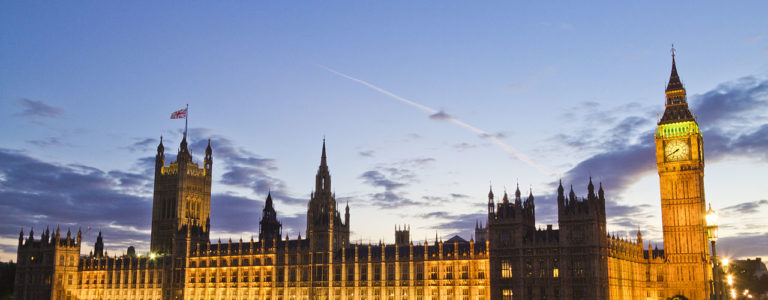The importance of effective PR in a snap election

As we get closer and closer to the 31st of October, the uncertainty over Brexit and parliament itself continues. Members of Parliament continue to reject Boris Johnson’s No-Deal Brexit and the likeliness of a snap election before the end of the year looks more and more likely.
This week, the suspension of parliament was ruled to be unlawful by the supreme court. MPs now return to parliament disgruntled and more divided than ever, which could mean if a snap election is called, politicians will run the fiercest electoral campaigns ever seen.
During this confusion, one thing is of vital importance – public perception. And therefore, the role of PR in the potentially imminent election campaigns. As the next few weeks unfold, what will become clear is whether the decision to pursue another snap election is a hot-headed decision for Mr Johnson, or a strategic one with a well thought out campaign to follow.
At the start of this month statistics released by YouGov showed that the public perception of Boris Johnson has improved significantly since he has become Prime Minister. However, 43% of people still think him to be incompetent, compared to the 66% who saw Labour leader Jeremy Corbyn as incompetent. However, more confidence remains in the Tory leader, Johnson’s potentially imminent election campaign could make or break this assurance.
Looking back to 2017, the seven-week snap election called by Theresa May ended in catastrophe for the Conservative party. The party started the campaigning period as the strongest contester, however due to the short notice of the election, the under prepared Prime Minister lost the Tories 13 seats and the majority in the House of Commons, which lead to the formation of a coalition between the Conservatives and Northern Ireland’s Democratic Unionist Party (DUP). So, where did it all go wrong?
May’s campaign was led by the ‘Strong and Stable’ campaign line. However, she did not resonate this strong and stable character when directly put in the public eye, she instead seemed uncomfortable taking media interviews and has been referred to as having a ‘wooden’ interview style.
When looking back on the campaign, May’s former co-chief of staff, Nick Timothy wrote that May was “never comfortable hogging the limelight”. And unfortunately, this was seen throughout the campaign, directly opposing the ‘Strong and Stable’ message reiterated from David Cameron’s time as Prime Minister.
This perception was then only worsened when May did not take part in the televised election, giving other party leaders the opportunity to question the Tories campaign method. The Green Party’s Caroline Lucas said: “You don’t say it’s the most important election of our lifetime and not be bothered to show up.”
Her lack of limelight, unclear messages and lack of organisation gave Jeremy Corbyn the licence to gain seats and during the 2017 election there was a surge in Labour support. Whilst the Conservative’s campaign was diluted and did not portray a positive messages the campaign headed up by Mr Corbyn: ‘For the Many not the Few’ saw Labour develop a consistent message across a number of platforms with a large focus on broadcast outlets from the TV debates to radio interviews. This, and arguably Labour’s presence on social media helped them gain more seats.
It was reported that Labour dominated the digital election through the use of online videos across Facebook and Twitter. Whilst the Conservatives concentrated on attacking Labour and their policies, Labour went to social media with the view of motivating voters. The use of hashtags such as #forthemany trended on Twitter and perhaps resonated with younger audiences who previously hadn’t voted. – In 2017, 64% of 18-24-year olds voted which is the highest percentage in the last 25 years.
Although, the Tories still had a larger majority than the Labour party in the 2017 snap election, what is clear is that Labour successfully managed an effective PR campaign over the seven-week period whereas Prime Minister Theresa May was not as successful.
So, as we wait to hear what the House of Commons decides when they return to their seats on Monday 14th of October, it will be interesting to see if Mr Johnson can learn from his predecessors’ mistakes and keep hold of a Conservative stronghold in parliament.